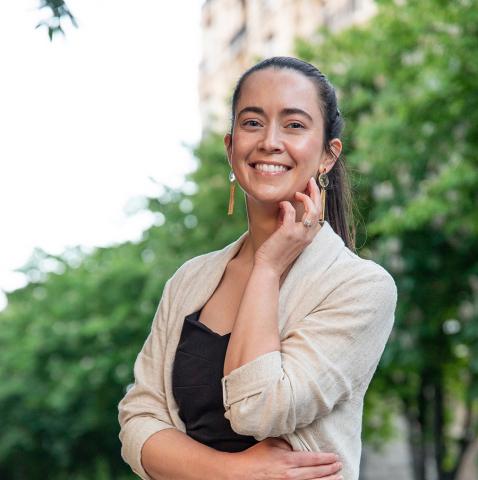
While I have a variety of work and teaching experience, I'm at my best in any task representing the intersection of science, art, and problem-solving. I enjoy design in the context of earth science whether designing new courses, running the EES social media, or brainstorming ways to visually communicate some of the biggest problems our planet faces, and potential solutions, to non-scientists. I'm a planner and particularly thrive when planning field trips, workshops, EES community events, and new programs.
Teaching - I teach three courses a semester, typically one course for majors and two large introductory classes. Currently in my rotation of teaching effort:
- Teaching large (~150-200) enrollment introductory earth science courses. EES 110 (Our Endangered Planet/Environmental Geology) is in-person, while EES 180 (Geology of the National Parks) and EES 190 (A Climate for Change) are online.
- Teaching the EES 200-level series for geology majors and minors. This includes the field-intensive EES 230 and the modern geoscience methods/GIS course EES 235.
- Teaching Our Endangered Planet to Kentucky high school students through the UK Next Generation Scholars program.
Research & Outreach - There's substantial overlap in my research and outreach, since much of my current research involvement is associated with running the outreach or broader impacts portion of recent grants:
- EPSCoR Track-1: Enviropods Program (awarded) - part of the $20 million NSF EPSCoR award to Kentucky to help the state better prepare for the challenges associated with changes in climate. This program involves library-based summer day camps focused on teaching middle and high school students about earth and weather hazards and the technology geoscientists use to address them.
- NSF R2I2: Southern Appalachian Mountain Flood and Geohazard Resilience Incubator (pending) - improve understanding of flooding and geohazards in the southern Appalachians, improved warning systems, workshops to facilitate collaboration, better communication of hazards within communities.
- Grand Teton National Park - I've remained involved in ongoing research on the Teton fault. While I initially started working in the Tetons doing bedrock thermochronology as part of my MS research, our team at UK has extended into investigating paleoseismicity and paleoclimate through lake seismic and cores. In addition to what is likely the most high-resolution Holocene climate record in the region, the work has also discovered what we hypothesize to be the most recent earthquakes on the Teton fault.
Note: I do not advise graduate students, so if you are looking for a graduate advisor for your MS or PhD, please check out the profiles of other faculty in our department.
- Geoscience Education
- science communication
- natural hazards
- Earth & Environmental Sciences
